What is triple super phosphate TSP fertilizer and its application?
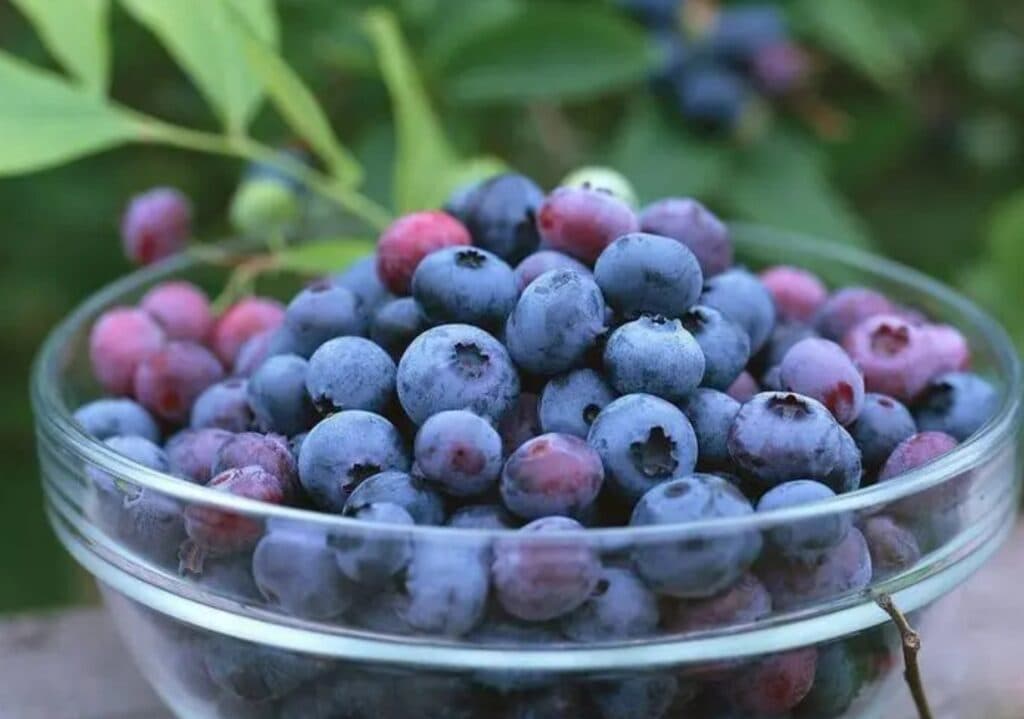
Triple super phosphate, also known as TSP, is a fertilizer widely used in agricultural production. It contains high concentrations of phosphorus and calcium and is easily decomposed in the soil and can be directly absorbed and utilized by plants.
What is triple super phosphate TSP used for?
As a fertilizer, triple super phosphate can provide nutrients needed by plants and promote plant growth and development. Applying a layer of triple super phosphate(TSP) to the seeds can not only provide the seeds with necessary nutrients, but also increase the germination rate and survival rate through sterilization.
What is the difference between superphosphate and TSP?
There is not much difference in properties between TSP and its main component is monocalcium phosphate. But the TSP dosage is less than that of ordinary phosphate fertilizer. Triple super phosphate does not contain impurities such as gypsum. The available phosphorus content for crops to absorb and utilize can reach 40 to 50%, which is 2 to 3 times higher than ordinary super phosphate. Therefore, this fertilizer is also called double superphosphate or triple super phosphate, or triple super phosphate fertilizer for short. Although it is called “three ingredients”, it does not contain three elements: N-P-K. Ternary fertilizer refers to a compound fertilizer containing three elements: nitrogen, phosphorus and potassium.
How to use superphosphate as a base fertilizer?
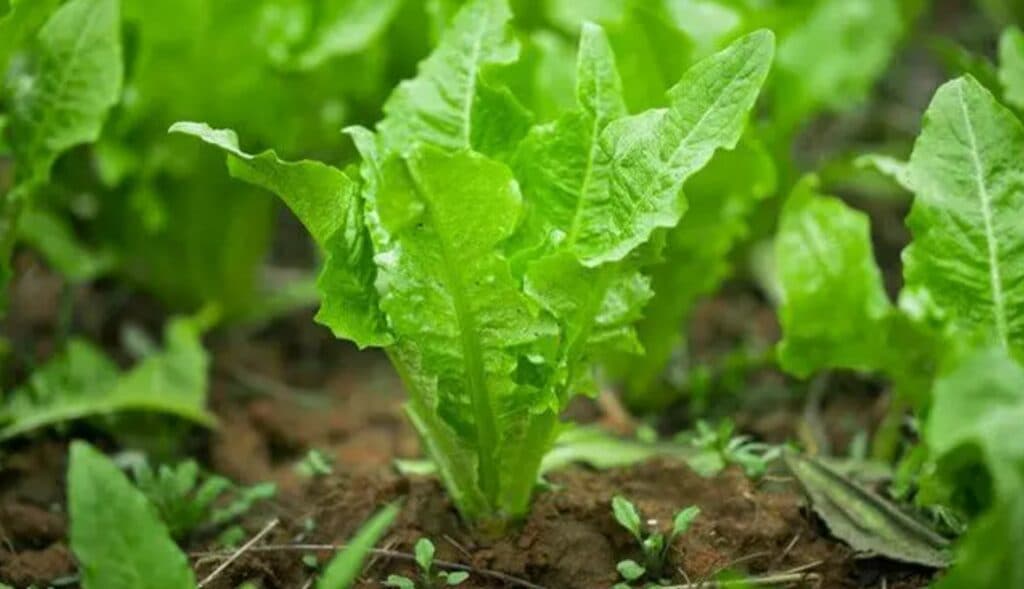
TSP is a kind of phosphate fertilizer, mainly used as base fertilizer. Phosphorus ion is easily fixed in the soil. In order to improve the utilization rate, triple super phosphate fertilizer is often mixed with organic fertilizer. Generally, 4 tons of organic fertilizer and 50 kilograms of triple super phosphate are used per acre. As a base fertilizer, it can be used for soil preparation after spreading, which can continuously provide a large amount of phosphorus, calcium and sulfur for crop growth.
How does superphosphate improve land quality?
TSP can gradually decompose multiple phosphate ions in the soil, increase the concentration of phosphate ions in the soil, increase the absorption rate of these elements by plants, and at the same time reduce the pH value of the soil, helping to maintain the acidic level of the soil. .
How to use TSP as a foliar fertilizer?
TSP can also be used as a foliar fertilizer. Use 2 to 3 pounds of superphosphate per acre and add an appropriate amount of water to dissolve it. After standing for 24 hours, take the above clear solution as a foliar fertilizer and mix it with 100 pounds of water for spraying. , can improve the photosynthetic ability of leaves, making the leaves darker green and thicker, the root system more developed, and the resistance to cold and drought stronger.
Is TSP the same as rock phosphate?
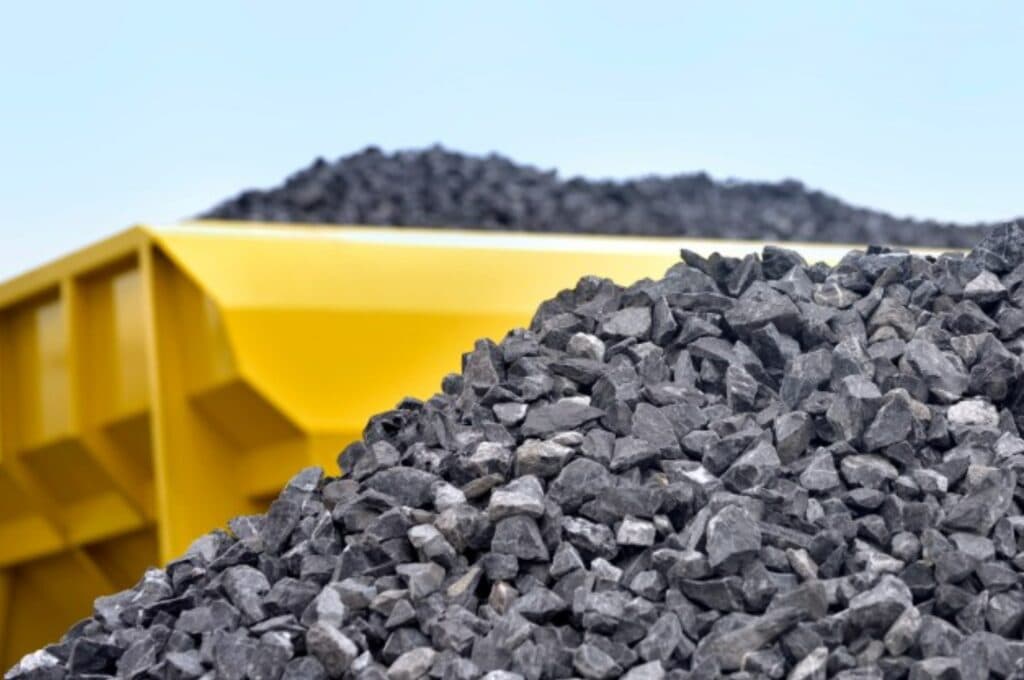
No, TSP is a compound fertilizer that has a similar effect to phosphate fertilizer in providing the phosphorus needed by plants, but its mechanism of action is different. The phosphate ions of triple super phosphate have anti-humidity and anti-adsorption properties, allowing the fertilizer to be stored in a solid form, and the particles in the soil are not easily adsorbed or fixed, which can reduce the loss of fertilizer in the soil.
How to use TSP to make compound fertilizer?
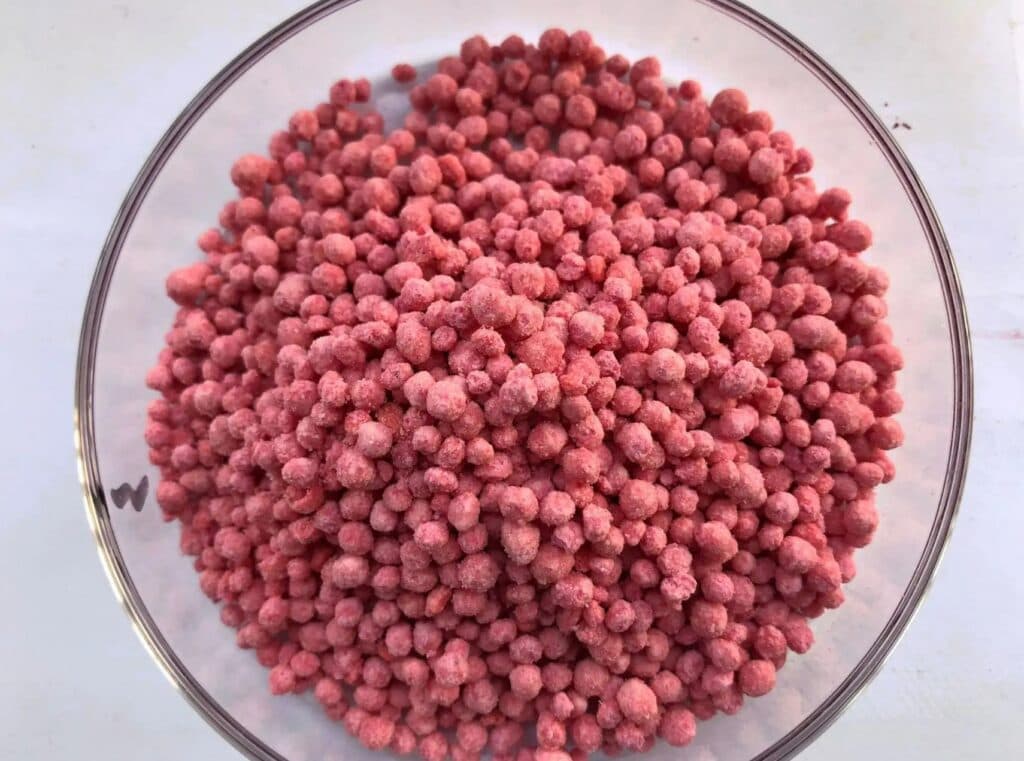
Make compound fertilizer using TSP is another option. Because the main component of superphosphate is phosphorus, it has stable properties and is relatively cheap. It is the main raw material for the production of compound fertilizers. Many manufacturers use triple super phosphate to produce high-nitrogen compound fertilizers.
When should you apply TSP fertilizer?
For plots where only TSP fertilizer is applied when wheat is sown, nitrogen fertilizer should be applied before winter or during the regreening and jointing stage to adjust the soil nitrogen and phosphorus ratio. Generally, the ratio adjusted according to soil fertility is about 1:1 or 2:1. Only when nitrogen and phosphorus nutrition maintain a certain coordination relationship can crops produce high yields and increase income.
How to sow seeds with TSP to boost the productivity?
- Mix TSP and seeds evenly in a certain proportion so that an appropriate amount of triple super phosphate adheres to each seed.
- Dry the mixed seeds and triple super phosphate in a ventilated and cool place.
- Before sowing, seal the dried seeds in dark plastic bags to prevent excessive moisture absorption from affecting the germination rate.
Why can't TSP be used as a fertilizer alone?
Because crops absorb nutrients in a certain proportion, there is a rough pattern in how much nitrogen, phosphorus, and potassium they absorb. If only TSP fertilizer is applied, and the soil is deficient in nitrogen, this will limit the effectiveness of phosphorus fertilizer. Although a lot of TSP fertilizer is applied, the effect is not significant. Therefore it needs to be used with other fertilizer together to achieve a better effect.
What plants are suitable for growing with TSP?
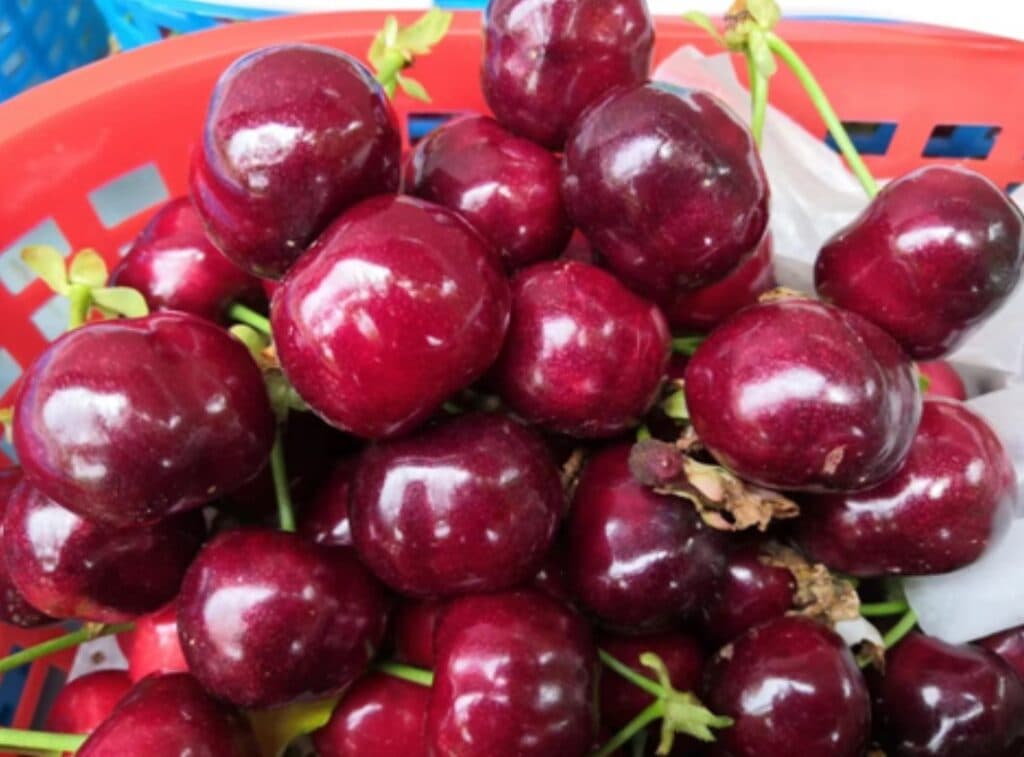
When planting tomatoes, peanuts, eggplants, cucumbers, rape, cauliflower, beans and other plants with flowers and fruits, it is necessary to apply more phosphorus-containing inorganic salts. Other plants suitable for triple super phosphate are as follows
- Vegetables: such as tomatoes, cucumbers, beans, peppers, eggplants, beans, etc.
- Fruit trees: such as apples, pears, peaches, plums, pomegranates, citrus, etc.
- Cereals: such as corn, wheat, rice, etc.
- Oil crops: such as peanuts, soybeans, rapeseed, cottonseed, etc.
How to distinguish real TSP from fake TSP based on appearance?
TSP fetilizer is a dark gray or off-white or light gray loose powder with a sour smell; phosphogypsum is a gray-white hexagonal columnar crystal or crystalline powder with no sour smell; calcium magnesium phosphate fertilizer has no sour smell and is in the form of very dry vitreous fine particles or Fine powder; waste cement slag is gray powder, dull, has more hard objects, is relatively coarse after crushing, and has no sour smell; brick powder is blue in color, and the powder particles are also coarse and has no sour smell.
How to distinguish real TSP from fake TSP based on weight?
TSP has a heavy texture and feels spongy but not frivolous; phosphogypsum has a light texture and feels spongy but relatively dry; waste cement has a heavier texture than ordinary calcium phosphate, but does not feel greasy, spongy or dry, and has the presence of hard cement slag.
How to distinguish real TSP from fake TSP based on water solubility?
TSP is partially soluble in water, while phosphogypsum and calcium magnesium phosphate fertilizer are insoluble in water. Waste cement powder is added with water to form a slurry and solidifies again. During the identification, if it is found that there are obvious impurities such as soil, stones, cinders, etc. in the calcium chloride, it is inferior calcium chloride; if the sour taste is too strong and there is too much water, it is unripened non-finished calcium chloride.
How to make TSP from phosphate rock?
The phosphate rock grinding process generally forms a closed circuit with the classifier or hydrocyclone. Phosphate rock grinding equipment can adopt one-stage grinding or stage grinding. The number of grinding stages and processes generally need to be determined based on the characteristics of the phosphate ore, the requirements of the concentrate product, and the production capacity.he torque, it is transmitted to the barrel of the ball mill through the large and small gears. The phosphate ore and steel balls in the barrel rotate together with the barrel, and the lining plate rotates the steel balls.
Step 1:Phosphate rock crushing
The raw phosphate ore is crushed to ≤25mm by the crusher, and then fed into the phosphate ore grinding equipment by the feeder through the feed port. The phosphate rock grinding equipment starts to operate driven by the motor and reducer. Driven by the torque, it is transmitted to the barrel of the ball mill through the large and small gears. The phosphate ore and steel balls in the barrel rotate together with the barrel, and the lining plate rotates the steel balls.
Step 2:Phosphate rock milling
The ball is raised to a certain height, and the impact force generated by the free fall of the steel ball is used to crush the phosphate rock. The rest of the steel balls fall down to generate friction and mix the materials. As the cylinder rotates, they continuously collide with and grind the phosphorus mineral materials. After grinding the phosphorus mineral materials to a certain fineness, as the phosphorus mineral materials grind The principle of fluidity allows the finely ground phosphate rock to be discharged from the discharge port.
Step 3:Phosphate rock Reacting with surfuric adic
In the first stage, in the presence of excess sulfuric acid, phosphate rock powder reacts with sulfuric acid. This reaction is a heterogeneous chemical reaction that occurs on the surface of the phosphate rock powder molecules. The reaction generates phosphoric acid and calcium sulfate hemihydrate. Calcium sulfate hemihydrate reacts at different times. It can also be converted into dihydrate or anhydrous calcium sulfate at a certain temperature. This reaction stage is mainly completed in the mixer or reactor used to produce superphosphate.
Ca5F(PO4)3+5H2SO4+2.5H2O==3H3P04+5CaS04 • 0.5H2O+HF
Step 4:Granulation
The generated phosphoric acid further decomposes fluorapatite to generate calcium dihydrogen phosphate, the main component of superphosphate. The second stage reaction is mainly completed in the maturation library for producing superphosphate, which generally lasts 10 to 30 days. The generated calcium dihydrogen phosphate is dissolved in the phosphoric acid solution. When the calcium dihydrogen phosphate is saturated, Ca(H2P04)2 H20 crystals continue to precipitate from the solution as the decomposition reaction proceeds.
Ca5F(P04)3+ 7H3P04+5 H20 =====5 Ca(H2P04)2 • H20+HF
Machine used in the TSP production process: TSP Crushing Machine
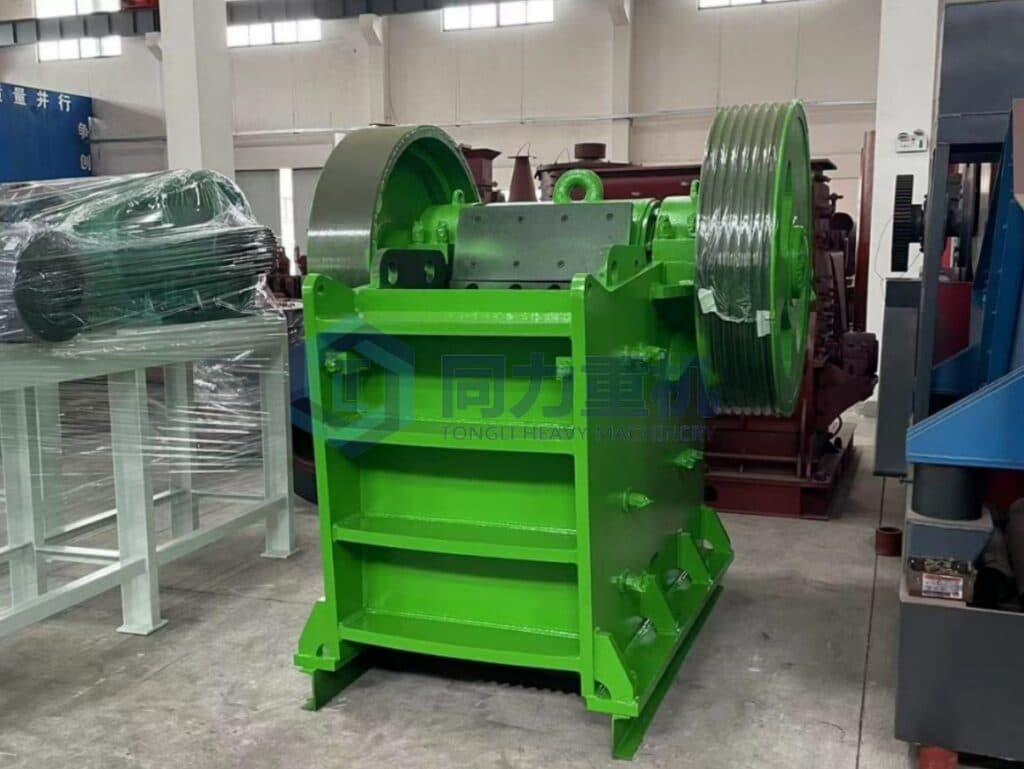
Phosphate rock hammer crusher mainly relies on the impact of the hammer head to crush phosphate rock. The phosphate ore enters the crusher, and the high-speed rotating hammer crushes the phosphate ore and rushes towards the baffle and screen bars in the frame. At the same time, the materials hit each other and are crushed multiple times. The phosphorus ore is smaller than the gap between the screen bars. The ore materials are discharged from the gap, and some larger phosphate ore materials are again impacted, ground, squeezed and crushed by the hammer on the screen bars.
What is a TSP vertical close-circuit Milling Machine?
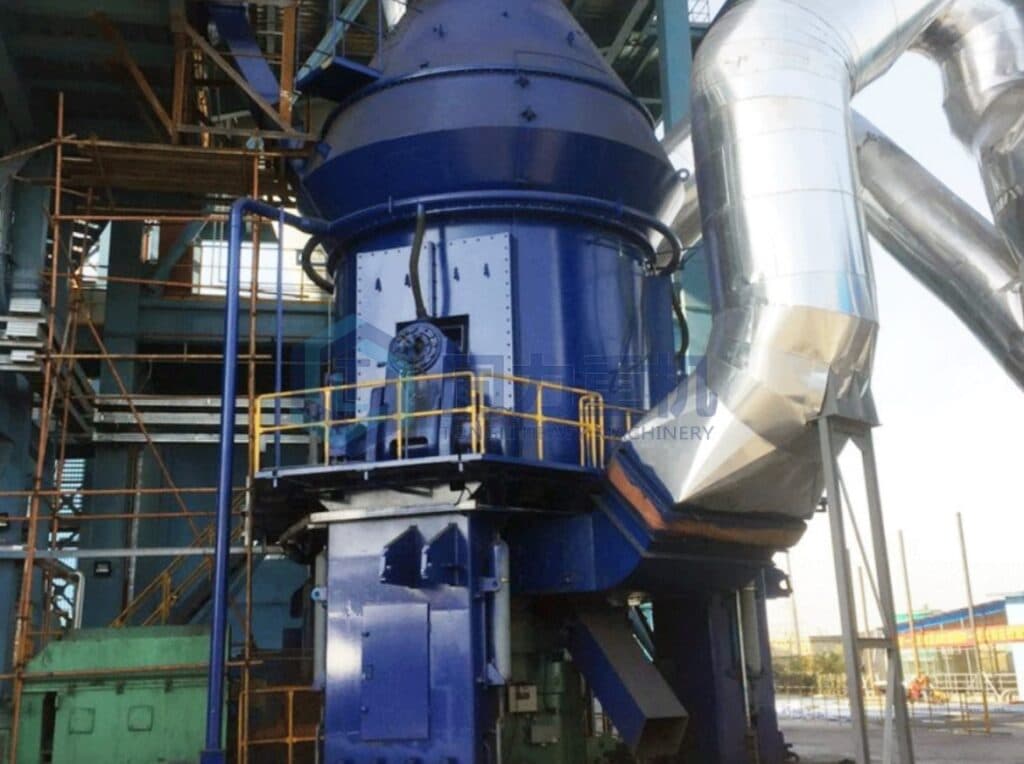
The structure of Triple super phosphate grinding mill is mainly composed of grinding disc, grinding roller, powder separator, pressurizing device, monitoring device, transmission device, water spray system, coarse powder external circulation system and other parts. Among them, the grinding plate includes guide ring, air ring, retaining ring, lining plate, disc body, scraper plate and lifting device. The grinding roller and roller sleeve are easy-to-wear parts and require sufficient toughness and good wear resistance.
How does TSP vertical close-circuit Milling Machine work?
In the TSP mill, the material moves from the center to the edge as the grinding disc rotates under the action of centrifugal force. After compaction, degassing and grinding, the material is picked up by the hot air entering from the air ring at the edge of the grinding disc and dried instantly. The finer particles are brought to the powder separator for sorting, and the coarse powder is returned to the grinding disc for further grinding. Qualified fine powder is brought into the bag dust collector for collection of finished products and separation of air and powder.
How to screen out qualified triple super phosphate powder?
The working principle of TSP powder separator is mainly based on the action of air flow and centrifugal force to disperse, classify and collect materials. Specifically, the material enters the powder separator through the feed port, and then undergoes preliminary classification under the action of air flow and centrifugal force. The coarser particles are separated under the action of gravity or centrifugal force and discharged from the slag discharge port, while the fine particles enter the powder selection chamber with the air flow for more detailed classification.
How to collect qualified triple super phosphate powder?
The gas containing TSP enters the bag dust collector through the air inlet. When the gas passes through the bag made of fiber (or filter bag), the larger particles settle in the ash hopper due to gravity and the action of the pre-filter. . Fine particles are left on the surface or inside the bag due to inertia, gravity and the interception effect of fibers. Over time, these particles will form a layer of dust on the surface of the bag. This layer of dust increases the resistance of the filter bag. In order to maintain the efficiency of the dust collector, the bag needs to be cleaned regularly through a dust cleaning device to remove dust accumulation
How to make triple super phosphate granular fertilizer?
Step1: Triple super phosphate fertilizer Granulation
Triple super phosphate raw materials, that is, TSP powder, are added to the drum of the TSP granulator for rotation. The material is added to the drum granulator through the feed port, and the drum starts to rotate driven by the motor, bringing the material from the feed end to the inside of the machine. Under the action of high-temperature steam and binder, pellets begin to form inside the granulator. , the pellet further becomes larger during the tumbling process.
Step2: TSP Drying
After the Triple super phosphate particles are granulated from the drum, they enter the drum dryer through the belt conveyor. Hot air is blown into the drum from the air inlet of the dryer. After heat exchange and endothermic vaporization of the material, the moisture in the Triple super phosphate particles evaporates. , and then discharged by the exhaust system. TSP materials are constantly rubbing, turning and mixing with each other. These movements make the temperature distribution of the material more uniform, and the moisture in the material is easier to volatilize.
Step3: TSP Cooling
The material enters the drum cooler after being fully dried. The purpose of cooling is to increase the strength of the particles and prevent moisture from re-entering the Triple super phosphate fertilizer particles. The cooling method is air cooling, and the direction of material movement is opposite to the direction of the blower. , fully cool to the temperature required by the process during the rolling process, and then enter the coating machine for coating
Step4: TSP Screening
Since the Triple super phosphate fertilizer production process will produce overly large particles and undersized powders, in order to achieve maximum resource utilization, both large particles and fine powders will be returned to the system for re-granulation. The rear end of the cooler and the front end of the coating machine will be equipped with a drum or vibrating screening device to ensure that large particles are returned to the crusher for secondary crushing, and particles that are too small are returned to the granulator for re-granulation.
Step5: TSP Coating
The fully cooled and screened Triple super phosphate fertilizer can enter the drum coating machine for coating. With the addition of anti-caking agent and coating oil, the outer layer of the Triple super phosphate fertilizer will be covered with a protective layer, which can effectively prevent the fertilizer from solidifying and It is loose, the strength of the granules can reach 20 N, and the storage time can be up to half a year without loosening. In this way, the finished TSP fertilizer is completed.
Why triple super phosphate granular fertilizer?
Triple superphosphate (TSP) holds significant importance in modern agriculture due to its role as a high-concentration phosphorus fertilizer. Phosphorus is a vital nutrient for plant growth, playing a crucial role in processes like photosynthesis, energy transfer, and root development. TSP provides a concentrated source of phosphorus in an easily accessible form, promoting robust plant growth and maximizing crop yields.
Conclusion:
One key significance of TSP lies in its efficiency and effectiveness in delivering phosphorus to plants. Unlike other phosphorus fertilizers, TSP contains a high percentage of phosphorus in a water-soluble form, ensuring rapid absorption by plant roots. This quick availability of phosphorus enables plants to establish strong root systems and accelerate early growth stages, ultimately leading to improved crop productivity.
Furthermore, TSP contributes to sustainable agricultural practices by minimizing nutrient runoff and environmental pollution. Its water-soluble nature reduces the risk of phosphorus leaching into groundwater or being washed away by rainfall, thereby decreasing the negative impact on aquatic ecosystems

